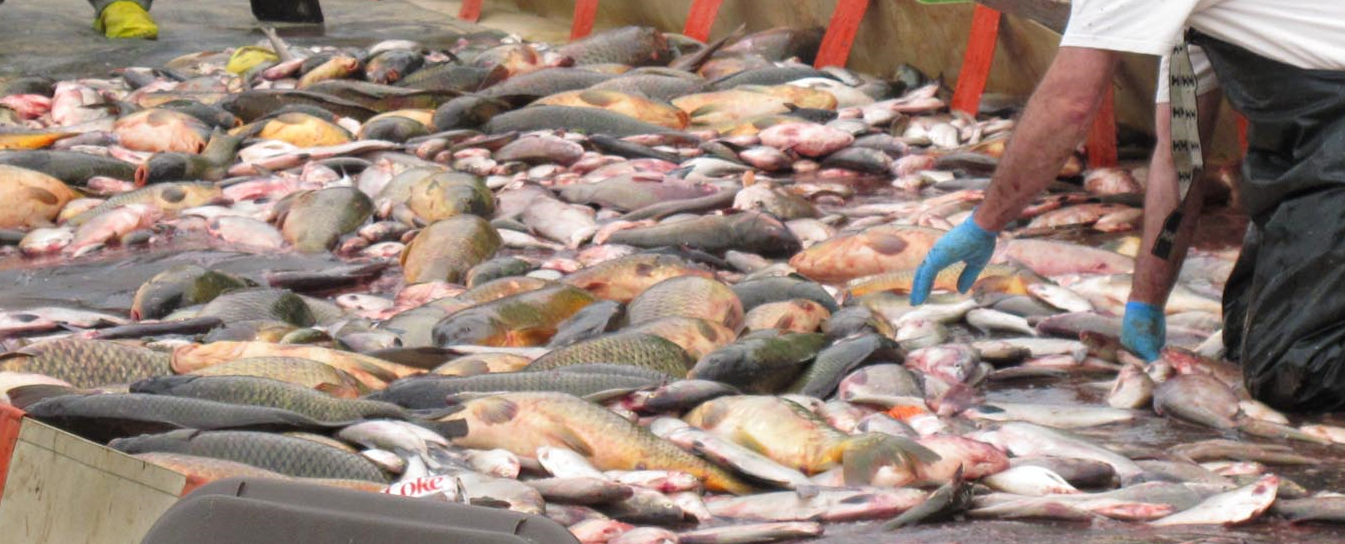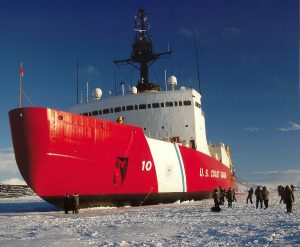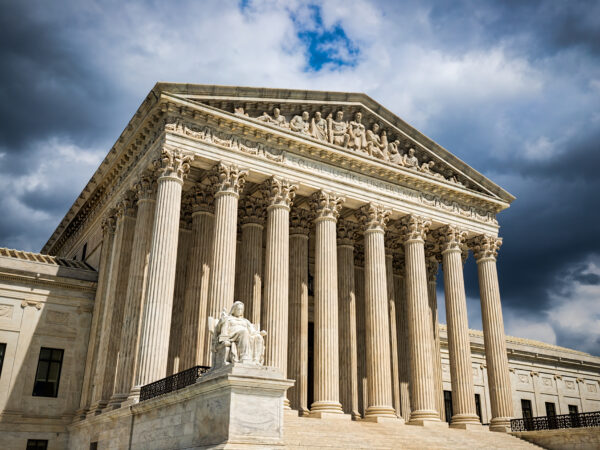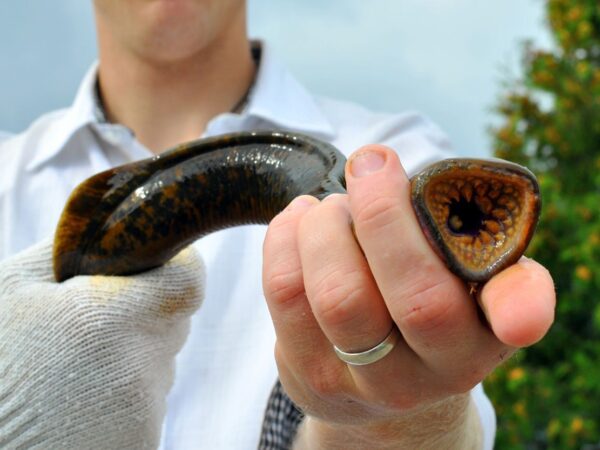
Asian carp deterrent is latest addition to list of funding requests
How deep are the federal coffers when it comes to funding for the Great Lakes?
The region will find out over the next few years.
There are significant requests for federal funding brewing in addition to the annual request for $300 million to restore the lakes.
The $300 million for restoration is on the cusp of approval for 2018 assuming a marginally-functional congress can agree to a budget by the end of September.
But other Great Lakes region projects are in the queue that need significant federal dollars.
- The preferred option by the Army Corps of Engineers’ just released report to stop Asian carp in Illinois needs $179 million from the federal treasury.
- Shipping and business interests want a new Coast Guard icebreaker which has a $200 million sticker price.
- And there’s near unanimous support in Michigan from federal and state officials plus shipping interests in the region for a new lock at Sault St. Marie. That’s $600 million.
At least one Great Lakes executive wonders how willing the feds will be to continue to write checks for the region.
“There are a lot of Great Lakes projects competing for federal dollars now,” James Weakley told Great Lakes Now.
Weakley is president of the Lake Carriers Association, an industry group that represents U.S. Flag carriers on the lakes. He’s also a member of the Great Lakes Commission, so his perspective is broader than shipping,
Weakley said it’s a question as to how much money congress is willing to spend on the Great Lakes and cited the need for a new ice breaker as an example.
In spite of support from two Great Lakes senators who serve on key congressional committees, getting the attention of the federal government for a new ice breaker has been an “uphill battle,” Weakley said.
The federal spotlight for ice breakers is on the polar variety according to Weakley. There’s billion-dollar legislation in process to be resolved in 2019 for the polar breakers and he’s hopeful that one for the Great Lakes can be tacked on. But that’s not a given as budget hawks in congress would likely resist.
The best hope for a new lock at Sault St. Marie may be President Trump’s plan to spend a trillion dollars on the nation’s failed infrastructure. But seven months into his presidency Trump has yet to find a way to work with congress on the big federal issues like healthcare, reforming the tax code and infrastructure.
State money needed too
That $179 million the Army Corps needs to stop Asian carp in Illinois is only part of the financial equation. Federal law requires a non-federal source for the balance of $96 million. That’s likely Illinois or all of the Great Lakes states.
Illinois has already balked at the need for the project and its expense.
Lt. Governor Evelyn Sanguinetti said in a statement that Brandon Road is a project that “is neither cost-effective nor environmentally sound.” She said Illinois will continue to work on keeping Asian carp out of the Great Lakes but wants a solution that “protects our taxpayers.”
If Sanguinetti doesn’t want Illinois taxpayers on the hook why should other states contribute?
But Michigan has the most to lose if Asian carp gain a foothold in the Great Lakes and is receptive to paying its share.
“Michigan has in the past shared costs for construction of the existing electric barrier system in the Chicago Area Waterways. It would be appropriate for Michigan and other states to share the cost for added protections at Brandon Road Lock and Dam as well,” Anna Heaton from Gov. Rick Snyder’s office told Great Lakes Now.
The Ann Arbor-based Great Lakes Commission representing the eight states shares Michigan’s view.
“I don’t think it is reasonable for Illinois alone to foot the bill for the non-federal cost share,” commission Policy Director Matt Doss told Great Lakes Now.

Matt Doss, Policy Director Great Lakes Commission, courtesy of glc.org
“Protecting the Great Lakes from Asian carp is a regional challenge and the costs should be shared by the region as a whole,” Doss said.
But there’s concern that states like New York who are far removed from the source of the problem will be less sympathetic to pleas for money for Illinois.
In a statement provided by media relations representative Sean Mahar, the New York Department of Environmental Conservation acknowledged the Asian carp threat but did not address its willingness provide financial support.
Mahar said “New York State will continue to work closely with other states in the basin to advance needed solutions to keep the carp out of the lakes.”
Minnesota and Ohio did not respond to the Great Lakes Now inquiry.
The changing political landscape could also be a barrier to federal funding for Great Lakes projects.
It takes time for these big-ticket items to come to a decision point and 2018 is an election year.
Wisconsin Sen. Tammy Baldwin has been a leading proponent for the ice breaker and Michigan Sen. Debbie Stabenow has pushed hard for restoration funding and on the Brandon Road study. Both are expected to receive serious challenges when they stand for re-election next year.
Michigan Gov. Rick Snyder is term-limited and he exits office in January 2019.
Will his successor early in a first term be as willing as Snyder has been when it comes to sending Michigan taxpayer dollars to Illinois?






